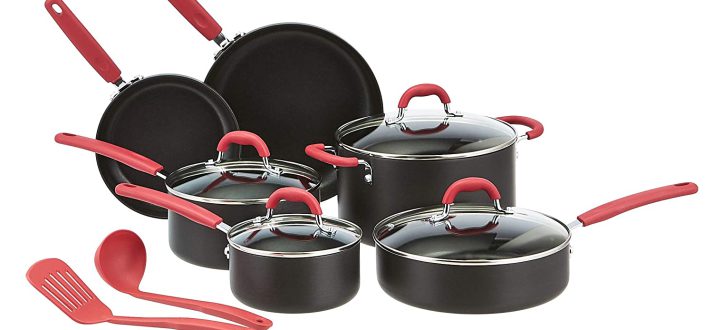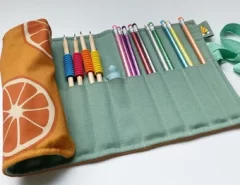Nonstick cookware has been around since the 60’s and was invented by DuPont. The coatings have improved over time and now there are many brands to choose from. The Nonstick cookware products all have different features, but they all perform one function; they are easier to clean up after cooking than traditional pots or pans.
What are the benefits of Nonstick Cookware?
Nonstick cookware is made of polytetrafluoroethylene, which means that it doesn’t react with food or leach chemicals into your food while cooking because it can withstand very high temperatures without breaking down.
Also, they’re often lighter than traditional cookware, which makes them easier to lift when transporting or lifting the pan off of the stove or oven. They are also easier to clean. Many have non-stick surfaces, so food doesn’t stick when cooking.
What are the disadvantages of Nonstick Cookware?
The main disadvantage is that nonstick cookware can scratch easily when placed in a hot pan. Also, nonstick coatings can get scratched up from metal tools used to remove stickers and burns easily from high heat sources like an open flame. Therefore, it is important to take care of your nonstick pans so they stay looking new and don’t overheat.

What type of Nonstick Cookware is best?
Researchers at the University of Maryland report that Teflon and other nonstick coatings start to break down at temperatures around 450°F (232°C), so they’re not durable. They also found that these coatings create unstable particles, which can also break down your health. Therefore, you should choose a cookware with metal pots and pans or ceramic because these are more durable. There are also some nonstick cookware brands that don’t contain PTFE such as Calphalon.
How do I care for my Nonstick Cookware?
Nonstick cookware is pretty easy to take care of. They can be washed in the dishwasher or hand washed with a sponge and warm water. There are special nonstick cleaners and polishes used to keep them looking new, but you can use bleach if you like. Also, these pans are more susceptible to scratches and scuffs so it is important to avoid dropping them on stone floors or dropping a pan on tile and wood flooring.
What types of Nonstick Cookware are out there?
Nonstick cookware come in many shapes and sizes and are made of various materials.
Double Coated Nonstick Cookware
These types of pans help keep food from sticking to the bottom of the pan, which can be cleaned more easily. However, they are more likely to get stained and need to be hand washed instead of thrown in the dishwasher. They are also heavier than other types of nonstick cookware. They are most popular in basic pots and pans sets, like traditional frying pans or skillets and saute pans or large pots because they can withstand high temperatures without warping or breakage.




